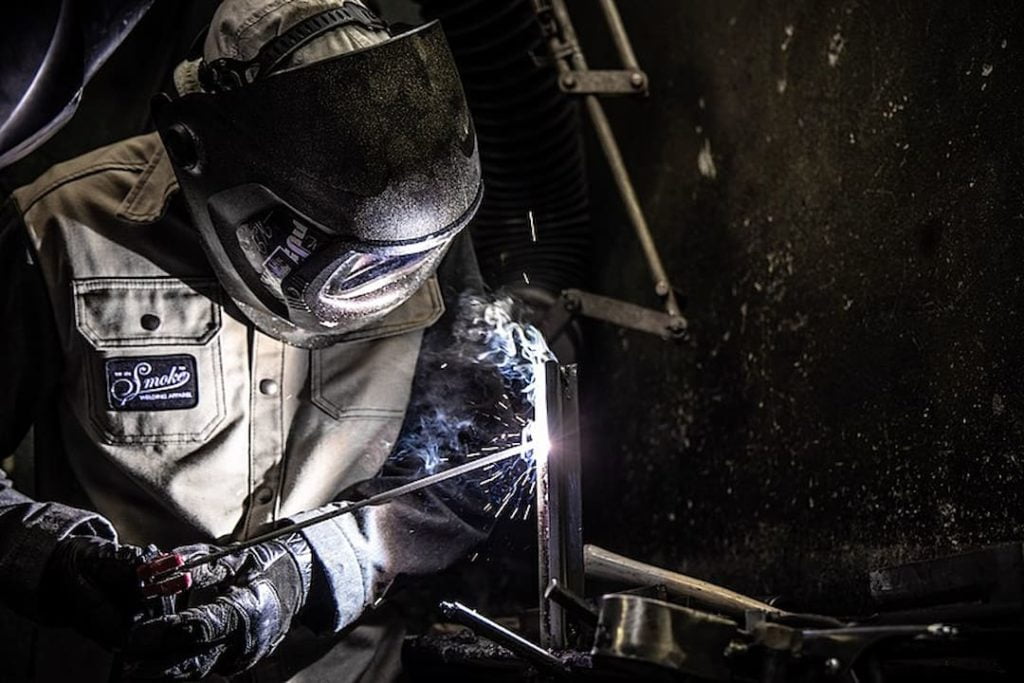Most welders know about shielded metal Arc Welding. Here's a step-to-step guide on how to stick weld. Notably, it's ideal for starters and intermediate welders alike.
Table of Contents
Key Takeaways
- To do proper SMAW, have the welding equipment ready first and then start from there.
- DC is the primary electric current for stick welding, while an AC makes a good alternative.
- The stick electrode choice you make differs from typical welds to complex and cast iron welds.
- The flux coverage protects the weld puddle.
- While doing slag-producing welding like shielded metal welding, you always pull.
We explained what stick welding is before. In this guide, you'll learn the proper way of stick welding, a step-by-step process for starters, choosing an electrode, and knowing if you pull or push SW. So read on to see if it's an easy-to-start in welding.
How to Stick Weld: What Is the Proper Way?
The proper way of stick welding is first to have the stick welding equipment ready. You'll need a chipping hammer & a file (a wire brush is okay), a welding rod, a reliable stick welder, and an electric current supply. Be keen while choosing the correct stick electrodes. You'll see how to choose an electrode in a few.
The safety equipment needed includes an auto-darkening welding helmet, gloves, leather jacket & pants, boots, and earth clamps.
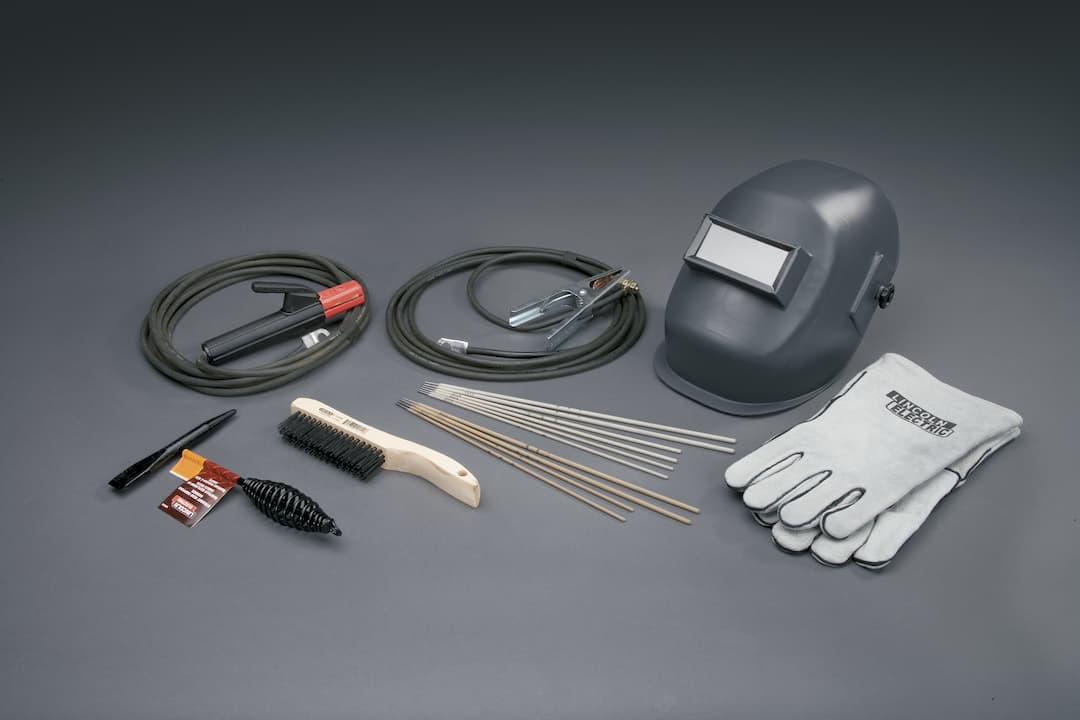
How Stick Welding Works
Shielded Metal Arc Welding (SMAW) works through a current flow from your power supply to the rod holder & ground clamps. It forms an enclosed flame called the electric arc, which is extremely hot. The arc melts the metal piece and the electrode to form a weld pool, which solidifies to form the desired outcome. But is MIG or stick welding stronger? Experience confirms that stick gives stronger welds (especially on thicker metals) but MIG is more convenient.
A Step-to-Step Guide on How You Stick Weld for Beginners
While welding, be keen on the angle of movement, motion speed, and arc length. All three depend on the type of electrode (we have a detailed guide to welding rod numbers), welding position, and welding techniques you're employing. Here's how to weld.
Step 1
Put on the protective gear and prepare the filler metal electrode holder and the welding piece.
Step 2
Hook the electrode holder and ground clamp to the power supply to get the desired polarity. Polarity depends on the electrode you're using. So adjust your machine's settings.
Step 3
Hook up the ground clamp with the metal workpiece
Step 4
Put the electrode on the holder and start the welding machine. To start the welder, strike it as a match, lifting it slightly until you see the electrode burning.
Step 5
The welder's electricity passes through the electrode. Upon touching the welding surface, the two form an electric arc with a temperature of 7000 degrees Fahrenheit. Simultaneously, the rod's coating melts, forming a shield to protect the molten metal weld bead from oxygen and nitrogen.
Step 6
Use the slag-removing hammer and the file to remove slag from the weld joint.
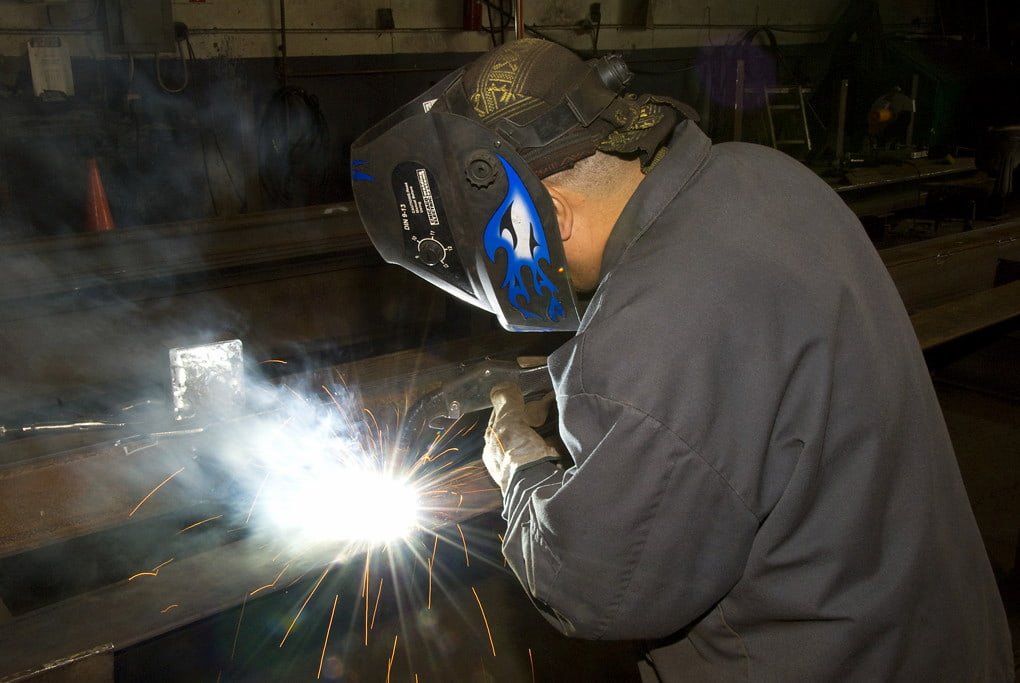
Is SMAW Welding Alternating Current or Direct Current?
Stick welding can use Alternating Current or Direct Current, depending on your machine and application. However, welders use Direct Current widely, while AC is typically the second option.
Direct current offers a stable and smoother welding arc for thinner welds. Current DC machines allow the welders to pick DCEP electrode positive and DCEN Electrode negative. That helps them to work on various metals, whether thicker or thinner including stick welding aluminum. So DC is better for stick welding.
But Alternating Current goes from (+ to -) 120 times each second, ideal for thicker metals and not thinner ones. Also, it's a good option for welding in an area far from the power supply. But it risks the welder getting shocked in a humid welding area.
Electrode Positive or Electrode Negative DC?
Connecting the holder plus clump to either the positive output or to the negative one determines setting the welder to either DCEP or DCEN, which is critical. Connecting to electrode positive means welding with DCEP, while the other means welding with electrode negative.
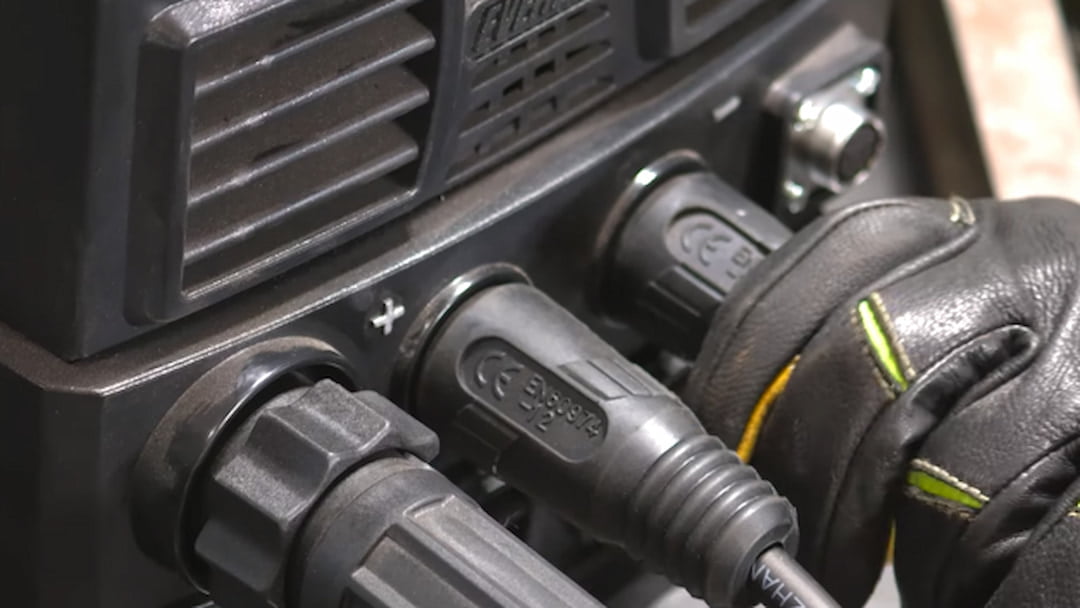
With the electrode positive, there's more penetration due to increased heat, while electrode negative means less heat and penetration. In the former, there's more electric concentration in the workpiece, while in the latter, there's more concentration on the filler material.
The Best Way to Choose an Electrode
The electrodes used for stick welding come in different sizes that determine the electrode diameter and classifications. So before welding, first match the electrode to the base metal, then pick a size-relevant electrode depending on the thickness of the weld you want.
Stick welding electrodes have a stamped classification at the end that goes to the rod holder. For instance, carbon and steel electrodes have a 4-digit code like E6013.
"E" stands for electrode, and it's a constant. The following two digits, "60," stand for its tensile strength, which is the maximum weight the metal joint can handle after welding. It doesn't vary much but ranges between 60k KSI and 70k KSI, which is enough.
The "1" stands for the position to use the electrode. It has three variations. One stands for all positions, two for horizontal and flat variations, and "3" for flat only.

And the fourth digit shows the current to use and the flux coating. It keeps changing because the flux-covered electrodes come in 9 different coatings. The coating determines the activity of the puddle and how it reacts.
Electrode Recommendations; Cast Iron & Hard Facing, Beginner Rods
Cast iron works welds are ideal for broken pieces because of their ideal chemical configuration. Common electrodes recommended here are Ni 98 and Ni 55.
Hard-facing is ideal for welds coping with severe environments like search moving apparatus. So it should be tough to withstand tears. Our recommendation is the 531. The difference between these classifications is the hardness you require.
The begin-your-welding journey stick welding electrodes are the typical E6010, E7016, E7018 & E7024, E6011, and E6013. The ones we recommend for carbon steel are the E6013, the E6016, and the E6018. E6013 is a general purpose, while the 16 is suitable for quality welds, and the 18 has iron powder, which produces thicker welds.
Stainless steel electrodes have a stamp of 308L, 312L, 308L, and 316L and are the most common in steel/carbon welds. Think welding exhaust pipes, rails, fences and various metal fabrication works.
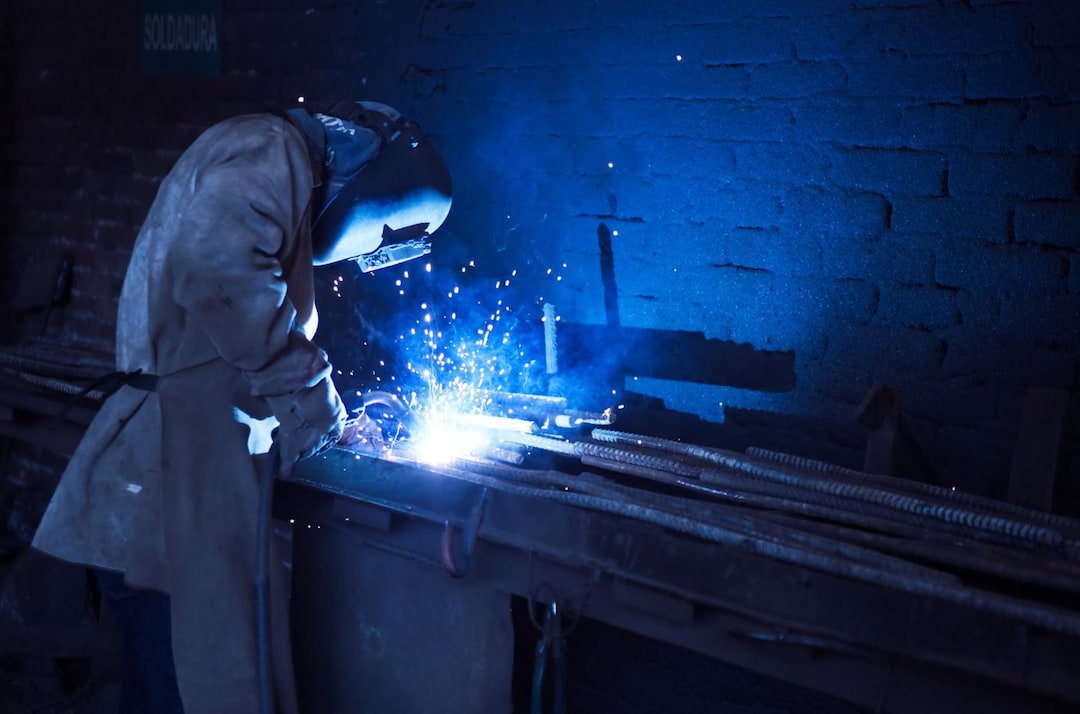
Do You Push or Pull Stick Welding?
When welding, you pull the rod towards yourself. While doing slag-producing welding, you always pull. Other pull welding processes include the following.
- Electro-slag welding
- Submerged Arc Welding
- Flux-cored Arc welding
Frequently Asked Questions
How Many Types of Current Does SMAW Use?
SMAW uses three currents. You have AC as an alternating current, just in case. Then you have the main currents: Direct Current Electrode positive or Direct Current Electrode negative.
Is Stick Welding the Easiest to Learn?
Stick welding is among the easiest welding methods to learn. You will learn to produce high-quality welds with little experience. Changing the filler material is also easy when welding different metals.
How Much Amperage for the Stick Welder?
You need 150 amps to carry our SMAW Welding with the stick welder. Welders make more passes with less amperage. But the more amps, the fewer the passes because many passes require more skill.
Can I Hold the Rod When Stick Welding?
You can hold the rod during stick welding. But the chances of getting shocked or burned are high. So ensure you have protective gloves on.
